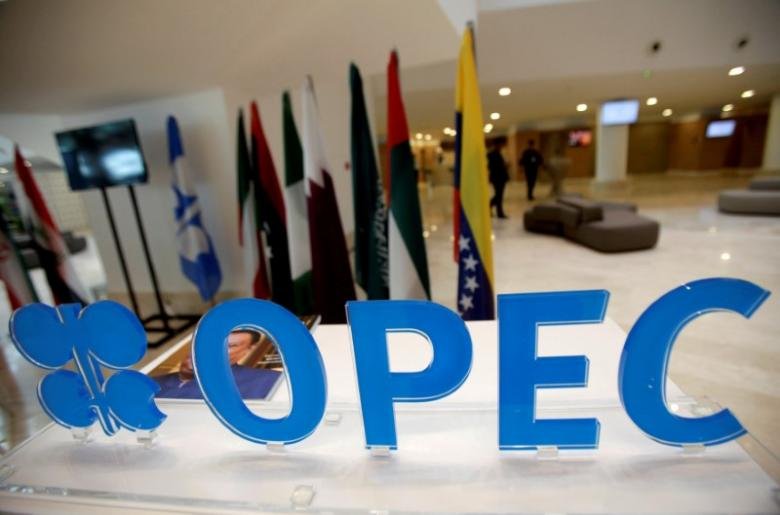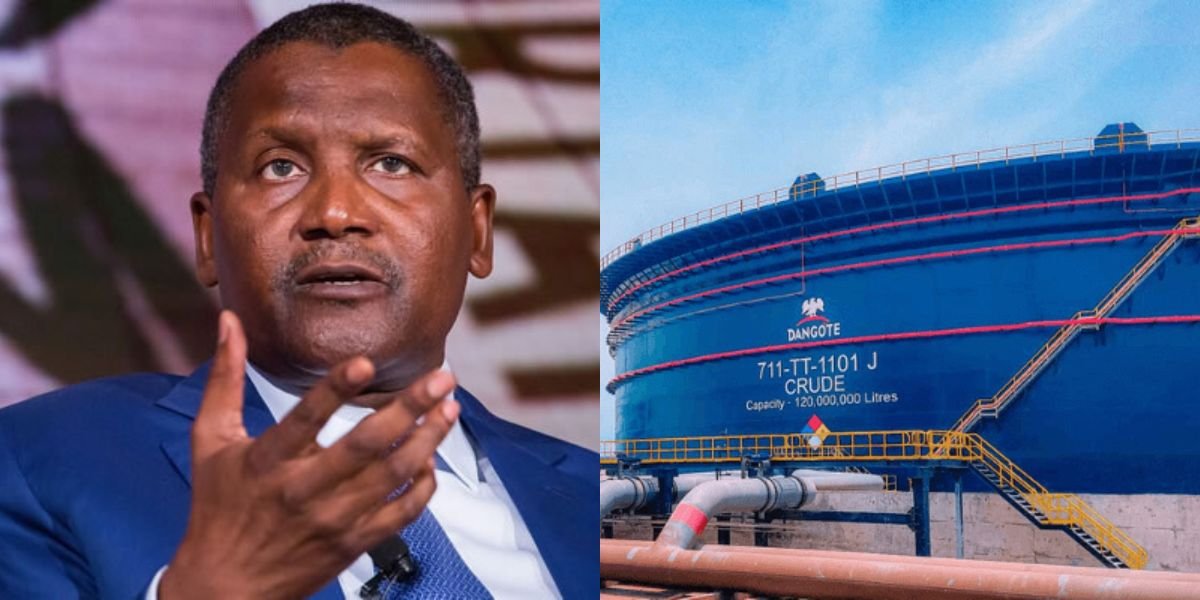OIL MARKET: OPEC puts world economic growth at 2.7% and 2.6% in 2023, 2024
By Eyo Nsima
The Organisation of Petroleum Exporting Countries, OPEC, has put the world economic growth in 2023 and 2024 at 2.7 per cent and 2.6 per cent.
In its August 2023 Monthly Oil Market Report, MOMR, obtained by The Daily, www.thedaily-ng.com, OPEC, stated: “World economic growth is revised up slightly for both 2023 and 2024 to stand at 2.7% and 2.6%, respectively. US GDP growth for 2023 is revised to stand at 1.8%, followed by 0.7% growth in 2024. Euro-zone economic growth for 2023 is revised down to stand at 0.6%, while growth in 2024 remains at 0.8%.
“Japan’s GDP growth in 2023 remains at 1.1%, followed by growth of 1% in 2024. China’s GDP growth remains at 5.2% in 2023 and 4.8% in 2024. India’s GDP growth remains at 5.6% for 2023 and 5.9% for 2024. Brazil’s GDP growth is revised up to 1.7% and is expected to increase by 1.2% in 2024. For Russia, both the 2023 and 2024 GDP growth forecasts are revised up to stand at 0.6% and 1.0%, respectively.”
World oil demand
The report, stated: “World oil demand in 2023 is expected to grow by 2.4 mb/d, unchanged from the last month’s assessment. Upward revisions to the 1Q23 based on actual data received for OECD America and OECD Europe were completely offset by downward revisions to 2Q23, mainly in Europe and Other Asia.
“In the OECD region, oil demand in 2023 is anticipated to rise by 74 tb/d, to an average of 46.0 mb/d, while in the non-OECD region, total oil demand is anticipated to rise by nearly 2.4 mb/d, to an average of 56.0 mb/d.
“For 2024, world oil demand is forecast to grow by a healthy 2.2 mb/d, unchanged from the previous assessment. The OECD is anticipated to expand by about 0.3 mb/d, with OECD Americas contributing the largest increase. The non-OECD is set to drive growth, increasing by around 2.0 mb/d, with China, the Middle East and Other Asia contributing the largest share, with further support from India, Latin America, and Africa.”
World oil supply
On World Oil Supply, the report stated: “Non-OPEC liquids supply is expected to expand by 1.5 mb/d in 2023, a slight upward revision from the previous assessment. The main drivers of liquids supply growth for 2023 are expected to be the US, Brazil, Norway, Kazakhstan Guyana and China, while the largest decline is expected from Russia.
“There remain uncertainties associated with US shale oil output potential and unplanned maintenance in 2023. For 2024, non-OPEC liquids production is projected to grow by 1.4 mb/d, unchanged from the previous assessment. For 2024, the main drivers for liquids supply growth are expected to be the US, Canada, Guyana, Brazil, Norway and Kazakhstan, mainly due to existing project ramp-ups.
“The largest declines are expected from Mexico and Azerbaijan. OPEC NGLs and non-conventional liquids are forecast to grow by 46 tb/d in 2023 to an average of 5.4 mb/d and by another 65 tb/d to an average of 5.5 mb/d in 2024. In July, OPEC-13 crude oil production decreased by 836 tb/d m-o-m to an average of 27.31 mb/d, according to available secondary sources.”
The also maintained that, “Crude spot prices rose on average m-o-m in July driven by higher futures prices and stronger physical crude supply/demand fundamentals. Robust buying in the spot market including for near-term loading volumes for July and August trading cycles, concurrent with higher refinery intakes in July and firm demand from Asian buyers supported spot prices.
“The ORB value averaged higher m-o-m in July. This came amid firm gains in related crude benchmarks and higher official selling prices (OSP) of all medium and heavy components exported to Asia, Europe and the US markets. In July, the ORB increased by $5.87, or 7.8%, to settle at $81.06/b.
“Crude oil futures prices bounced back in July from low levels recorded in June, as selling pressure in futures markets ceased and market sentiment turned optimistic about improving global oil market fundamentals in the second half of 2023. Moreover, the expectations that central banks were approaching the end of their monetary tightening cycles, the sharp decline of the US dollar in the first half of July and expectations of economic stimulus in China added to the positive sentiment in financial markets.
“The ICE Brent front-month averaged $5.18, or 6.9%, higher in July to stand at $80.16/b, and NYMEX WTI rose by $5.76, or 8.2%, to average $76.03/b. DME Oman crude oil futures prices increased m-o-m in July by $6.25, or 8.3%, to settle at $81.16/b.
“Hedge funds and other money managers recovered a large part of their combined futures and options net long positions in July, after significantly cutting their bullish positions in May and June, mirroring an improved market sentiment and a change in speculators’ strategy. Money managers rush to cover short positions built in the previous month, which contributed to pushing oil futures prices higher. The rise of net long positions was mainly due to the large drop in short positions.
“The crude market structure strengthened in July on an improving supply/demand balance outlook and signs of easing supply overhang for prompt loading volumes amid robust demand from refiners. Higher global refinery intakes boosted purchases of crude for prompt loading volume. The large decline in US crude oil stocks last month contributed to a strengthening of the structure of NYMEX WTI with the nearest monthspreads flipping into backwardation from contango in June. The sharp rise in bullish positions in the futures markets added support to prompt-month prices compared to forward-month contracts.
“The prospect of a tighter sour market and sustained supply availability of light sweet crude, including from the US, led to the further narrowing of the spread between the value of sweet and sour crude in almost all regions, although they widened slightly in Asia. Further strengthening of high sulphur fuel oil supported the value of heavy sour crude, while a sharp drop in the value of Naphtha cracks weighed on the value of light sweet crude, which resulted in further narrowing of the naphtha-HSFO spread to deep discount.”



 Subscribe to our Newsletter
Subscribe to our Newsletter




